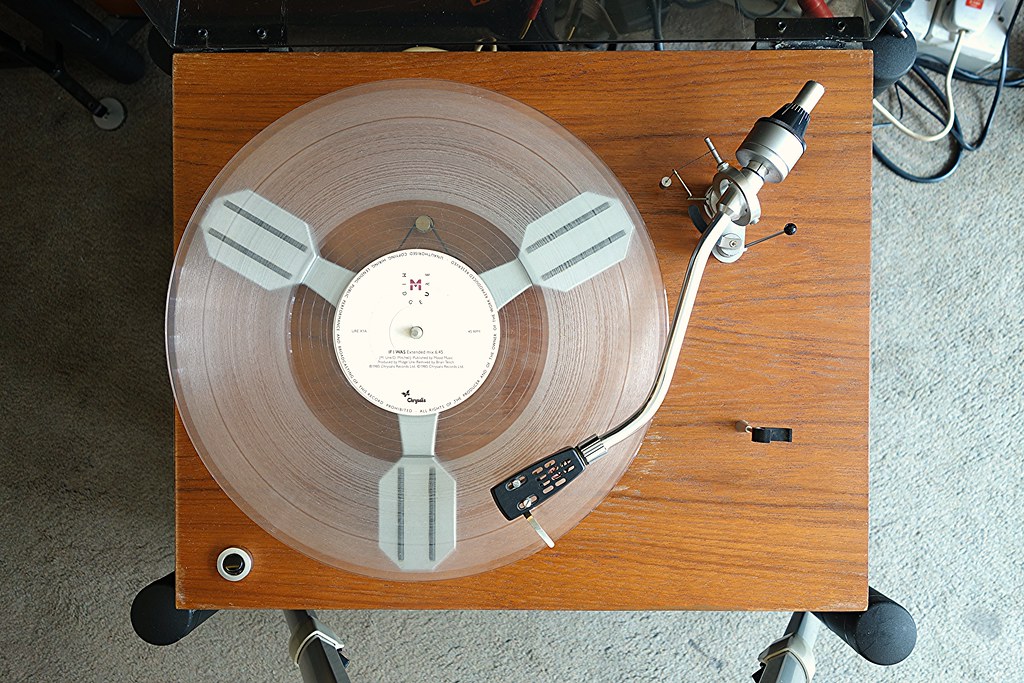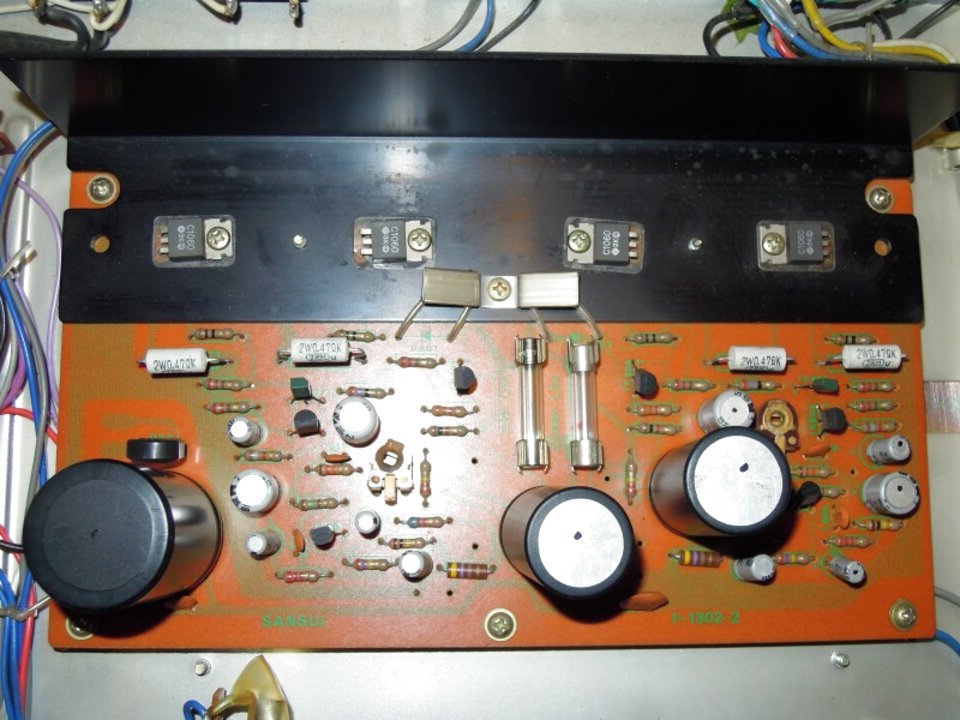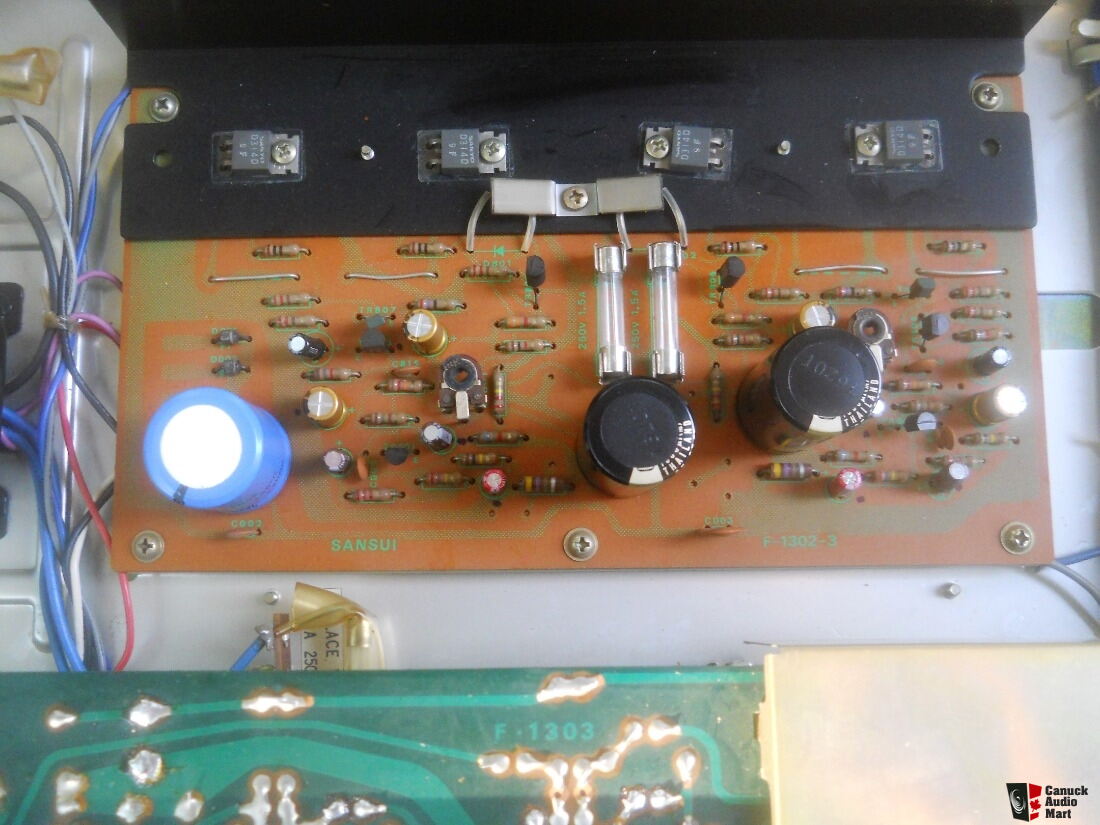docstocker
pfm Member
Two salient points from all this (to me anyway!).
2/ VFM in hi fi, and I guess all electronic products, has increased exponentially over time! If prices in the hi fi yearbook and the bank of Englands inflation calculator can both be trusted,
Those older than my 54 years will be able to put things in better perspective but it seems likely that even the cheapest car stereo or early mono "ghetto blasters" could have been a weeks wages for a 20 year old back then!
I am just about to receive my first lot of old age pension at 65 and nearly three months.
My first speaks, Acoustic Research AR7 bought January 1974 would now be costing £614!
Equally astonishing to remember, is that my first LP record, 'With the Beatles' bought in December 1963 for 27/6d (bought between myself and my two older sisters, but safely retained in my record collection) would now equal something like £27.50.
(27/6d is £1.35.5p)
This why most of us took a while to compile a record collection and a HiFi because each record and each component was a significant investment,
Also, there were no records 'we didn't like', having bought one it was played until we 'jolly well did enjoy it'.





